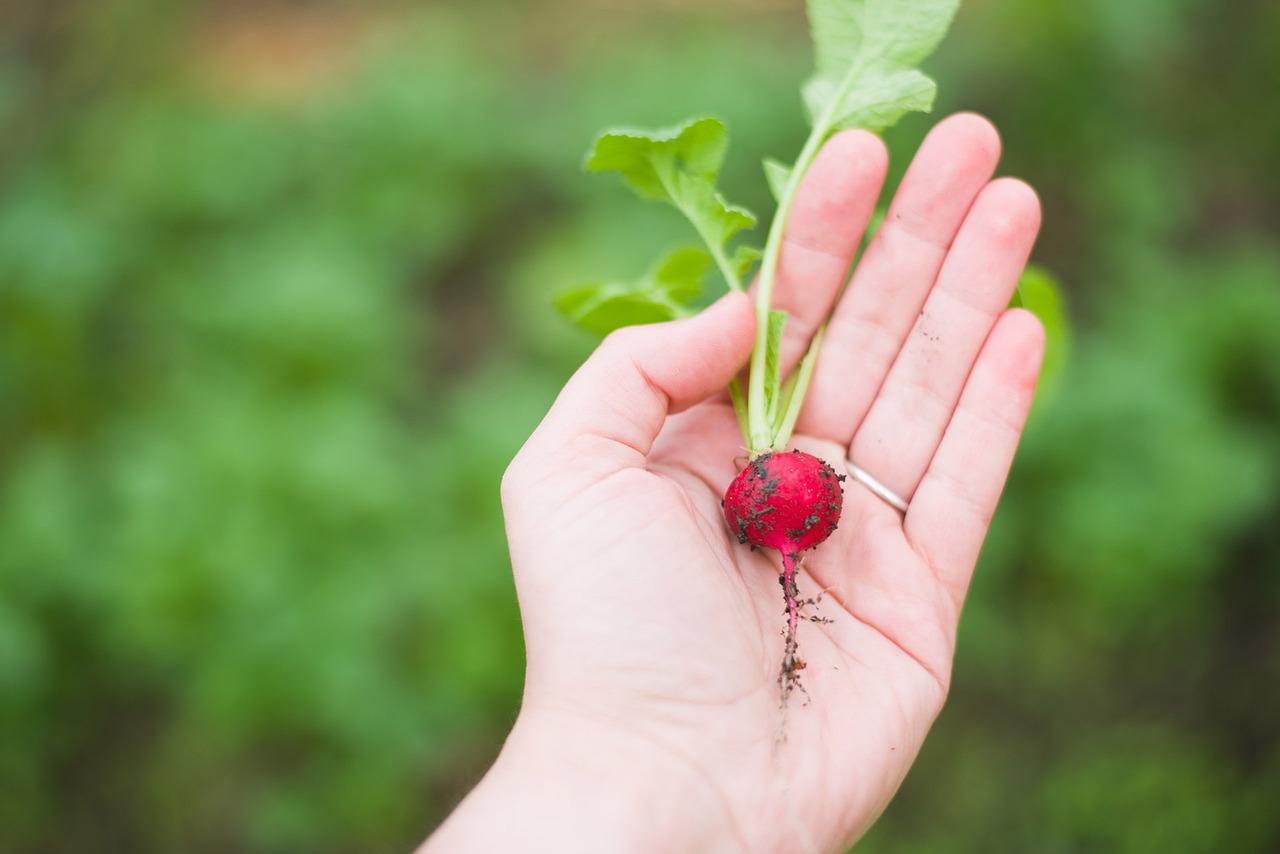Starting a vegetable garden can be one of the most rewarding activities for beginners. Not only does it provide fresh produce right from your backyard, but it also offers a great way to connect with nature, improve mental health, and even save money on groceries. If you’re eager to dig into gardening but don’t know where to start, this guide will walk you through the basics of creating your own vegetable garden.
1. Planning Your Garden
Choosing the Right Location
The first step in starting a vegetable garden is selecting an appropriate location. Look for a spot that receives at least 6-8 hours of direct sunlight each day, as most vegetables thrive in sunny conditions. The area should have good drainage to prevent waterlogging, which can harm plant roots. Ideally, choose a space that’s easily accessible for watering, weeding, and harvesting.
Determining Garden Size
As a beginner, it’s best to start small. A garden bed of 4 feet by 4 feet or 4 feet by 8 feet is manageable for newcomers. You can always expand as you gain experience. Smaller gardens allow you to focus on a few types of vegetables without becoming overwhelmed.
Understanding Your Climate
Your local climate plays a significant role in what vegetables you can grow and when to plant them. Research your USDA Plant Hardiness Zone to understand the types of crops that flourish in your area and their planting seasons.
2. Choosing the Right Vegetables
Start with Easy Varieties
For beginners, it’s best to choose vegetables that are easy to grow and require minimal maintenance. Here are some great options:
- Lettuce: Grows quickly and can be harvested multiple times.
- Radishes: Fast-growing and ideal for quick harvests.
- Carrots: Easy to grow and can be stored for a long time.
- Zucchini: Produces abundantly and is versatile in cooking.
- Tomatoes: While they may need some support, they are relatively easy and rewarding.
Seasonal Considerations
Make sure to select vegetables that suit your planting season. Cool-season crops like lettuce and peas can be planted in early spring or fall, while warm-season crops like tomatoes and peppers should be planted after the last frost.
3. Preparing Your Soil
Testing the Soil
Healthy soil is crucial for a thriving garden. Before planting, consider testing your soil’s pH and nutrient levels. Soil testing kits are available at garden centers and provide valuable information on how to amend your soil for optimal growth.
Amending the Soil
Depending on your soil test results, you may need to amend the soil with organic matter, such as compost, peat moss, or well-rotted manure. These amendments improve soil structure, enhance fertility, and promote beneficial microbial activity.
Tilling and Aeration
Once you’ve amended your soil, it’s time to prepare your garden bed. Use a garden fork or tiller to loosen the soil to a depth of about 12 inches. This aeration helps roots grow deeper and allows water and nutrients to penetrate the soil.
4. Planting Your Seeds
Seed vs. Seedling
Decide whether you want to start with seeds or seedlings. Seeds are often cheaper and allow for a wider variety of plants, while seedlings offer convenience and a quicker start. If you’re starting with seeds, follow the package instructions for planting depth and spacing.
Planting Techniques
- Direct Sowing: Some vegetables, like carrots and radishes, can be directly sown into the ground. Make rows or holes according to the seed packet instructions.
- Transplanting Seedlings: If using seedlings, plant them in pre-dug holes, ensuring they are at the same depth as they were in their containers.
Watering After Planting
After planting, water the seeds or seedlings gently to settle the soil. Be careful not to wash them away. It’s essential to keep the soil moist, especially during germination.
5. Caring for Your Garden
Watering
Vegetable gardens typically require about an inch of water per week, either from rainfall or supplemental watering. Use a soaker hose or drip irrigation system to deliver water directly to the roots, minimizing evaporation and promoting healthy growth.
Weeding
Regularly check your garden for weeds, which compete for nutrients and water. Hand-pulling is effective for small gardens, but consider mulching around plants to suppress weed growth and retain moisture.
Fertilizing
Fertilizing your garden can help ensure plants have the nutrients they need. Organic options like compost or well-balanced fertilizers can be applied according to the specific needs of your crops. Always follow instructions to avoid over-fertilizing.
6. Pest and Disease Management
Identifying Pests
Keep an eye out for common garden pests such as aphids, snails, and caterpillars. Early detection is key to managing pest populations. Handpick larger pests or use insecticidal soap or neem oil as organic treatments.
Preventing Diseases
To prevent diseases, practice crop rotation and avoid planting the same type of vegetable in the same spot year after year. Also, ensure proper spacing between plants for good air circulation.
7. Harvesting
Knowing When to Harvest
Harvesting your vegetables at the right time is crucial for flavor and texture. Research the specific signs for the vegetables you’ve planted. For instance, tomatoes should be harvested when they are fully colored but still firm, while lettuce can be picked once it reaches a desirable size.
Enjoying Your Produce
Once harvested, enjoy the fruits of your labor! Fresh vegetables can be eaten raw, cooked, or preserved for later use. Consider sharing your harvest with friends and family, or even starting a small farmers’ market stand.
Conclusion
Starting a vegetable garden is an exciting journey that allows you to grow your own food, connect with nature, and enjoy the satisfaction of nurturing plants from seed to harvest. By following these beginner-friendly steps, you can create a thriving vegetable garden that will provide you with fresh produce and a deeper appreciation for the art of gardening. Embrace the process, be patient, and enjoy the fruits of your labor!
